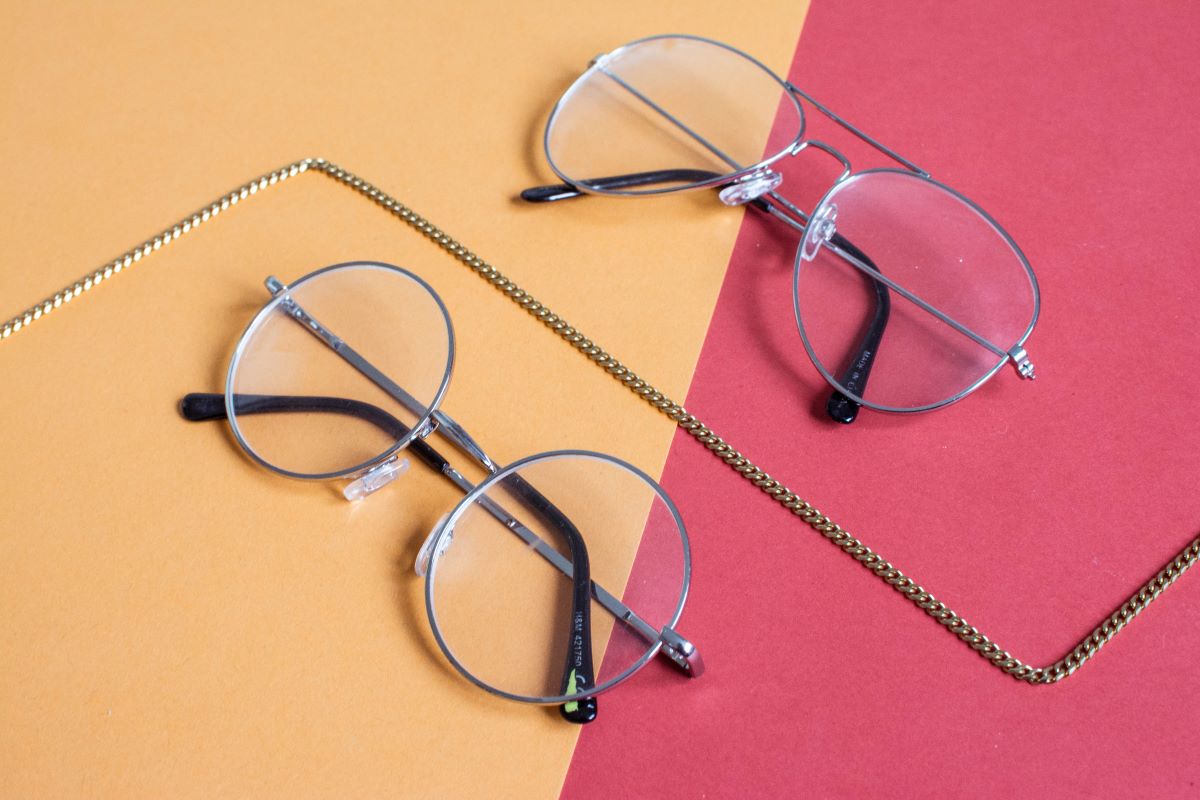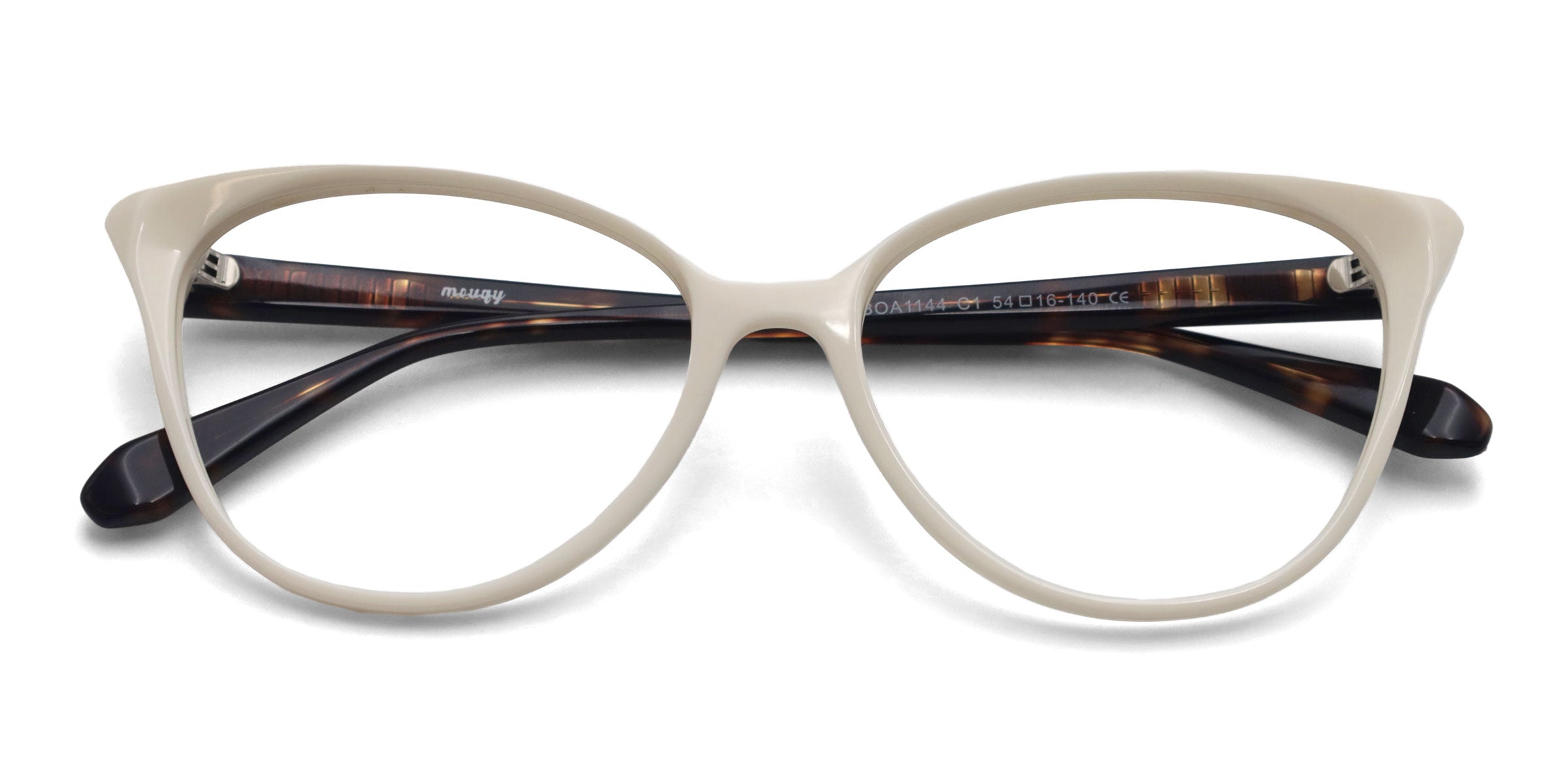Do I Need Reading Glasses? Here Are the Signs
Have you ever asked yourself, “Do I need glasses for reading?”
If you’re unsure whether the time has come for you to wear them, you’ve come to the right place. In this article, let’s get to know reading glasses better and explore the types that are available.
The reality: our eyes change as we age
Let’s face it. Our vision doesn’t stay at its best forever. There will come a time when your eyesight changes, especially if you’re not so watchful over your eye health.
Generally speaking, age will bring about changes to your eyes. As you grow older, the lenses in your eyeballs will change shape and become less flexible. This in turn will make it harder for you to focus on things up close.
These changes are known as presbyopia, an age-related eye condition that affects your near vision. It usually starts to kick in from the age of 40 and above. In the US, at least 83 to 88.9% of adults are diagnosed with presbyopia.[1]
Other age-related changes that might occur to your eyes are the following:
- Reduction in pupil size
- A full or partial loss of peripheral vision
- Changes to color perception
Once your eyes go through this transformation, you might start asking yourself if you need reading glasses.
Chances are, your eye doctor will prescribe you a pair after you go through an eye exam. With a pair of reading glasses, you can magnify text to help you read more easily. In the process, you’ll also experience less eye strain and be less likely to hurt your eyes, since you can now focus without squinting too hard.
Telling the signs: do I need glasses for reading?
If you feel like age is catching up on you, the best step is to always consult your doctor to assess your condition. Before that, here are some tell-tale signs that you need a pair of reading glasses stat.
1. Your vision’s fuzzy and out of focus
The thing with presbyopia is that its health effects are gradual. You might not notice it now, but pay attention to how your eyes focus on objects or people. Can you see them clearly, especially when you’re close to them?
If they appear fuzzy or blurry, or simply out of focus, it’s a definite sign you need reading glasses.
2. You can’t read the small print off of menus or receipts anymore
Test your vision by doing this: Go to a restaurant with your family or friends, and try reading out the small print on the menu. For a bigger challenge, try scanning the receipt with your eyes.
If you can’t do this with your naked eyes, it’s a pretty clear sign that you need reading glasses soon.
3. Eye fatigue and strain happen way too often
Whenever you feel something amiss in your body, it’s something you shouldn’t brush off. For instance, it’s not normal for your eyes to get droopy and sore after reading or watching a show.
In 2018, researchers found a clear link between eye fatigue and presbyopia. Hence, letting that sore feeling in your eyes go undiagnosed or untreated for an extended period could put you at higher risk of presbyopia.
4. Headaches become part of your routine
In connection with eye strain and fatigue, headaches can happen due to presbyopia.
Imagine this: your eyes would try to process everything in front of you, but they can’t. Thus, your brain would get jumbled and exhausted due to vision errors. When you attempt to read anything, it turns into a literal headache. If this becomes a regular occurrence, reading glasses may be needed.
5. You start holding materials at arm’s length
Presbyopia affects your focus. If you can no longer read phones or books at a close, normal distance, you’ll have no choice but to hold them at arm’s length to read them clearly.
Once you notice this habit developing, it’s a sign that you need reading glasses ASAP.
6. You catch yourself squinting more often
When you squint, your eyes narrow and allow only a small amount of light to enter the center of your lenses. Thus, it can help your eyesight focus better.
However, too much squinting is not a long-term solution for deteriorating near vision. If anything, it can be detrimental for your overall vision in the long run. If you’re squinting more often than before, it may be time to look into reading glasses.
Reading glasses come in various flavors
So, you’ve decided to get your first pair of reading glasses. What’s next?
Reading specs come in a few varieties, depending on what you need. Here are the three main options and how they can help.
1. Single vision
Whilst it’s possible to purchase standard ready-made reading glasses over the counter from many pharmacies and department stores, these types of readers typically use the same lens power on each eye and can’t accommodate prescriptions with astigmatism.
Instead, they come with predetermined strengths and you’ll need to ‘pick’ the closest option for you. These over-the-counter readers can also come in rather old fashioned and limited styles. However – they tend to be the cheapest option.
At Mouqy, all our reading glasses can be customized to the exact prescription each eye requires.
That means a more comfortable reading experience, and we can also even accommodate different reading powers for each lens. Plus – they come in a huge range of fun styles!
2. Bifocals
Do you find it difficult to read text up close and see things from far away all at once?
If the answer’s yes, you need bifocal glasses. These are designed for people with both myopia (a.k.a. nearsightedness) and presbyopia. With bifocal lenses, you won’t have to keep switching from one pair of glasses to another.
Usually, the top part of bifocal lenses is for distance vision, while the lower half corrects near vision. Try the double magic for yourself with our stylish cat-eye Charisma frames.
3. Trifocals
If you require multiple prescriptions and want a more seamless, gradual transition between each range of vision, trifocals (e.g. progressive glasses) are the way to go. This type of lens can correct three ranges of vision: near, intermediate, and far.
The top part of a trifocal lens is for looking far ahead, and the middle part is for intermediate vision, which is for seeing things slightly further than at arm’s length. Lastly, the lower part of the lens corrects near vision.
If you’re confused about how to look through these lenses, don’t worry. Trifocal lenses often have lines in them to guide you on which zones to look through. Get this triple visual power for yourself with these snazzy browline Steven frames.
“Do I need glasses for reading?” Perhaps
As with any other vision issue, don’t wait until it’s too late. At the first sign of your eyesight faltering, you should get your eyes checked immediately.
Getting an eye exam in time won’t just save your eyes, it’ll also save your pocket in the long run as more severe issues means more expensive treatments. For more ways to keep your eyes healthy and protected, check out Mouqy’s blog.
References
- “Presbyopia by the Numbers: Who Is Affected by It?”, Presbyopia Physician.

Written by:
Jamie Mendiola













































